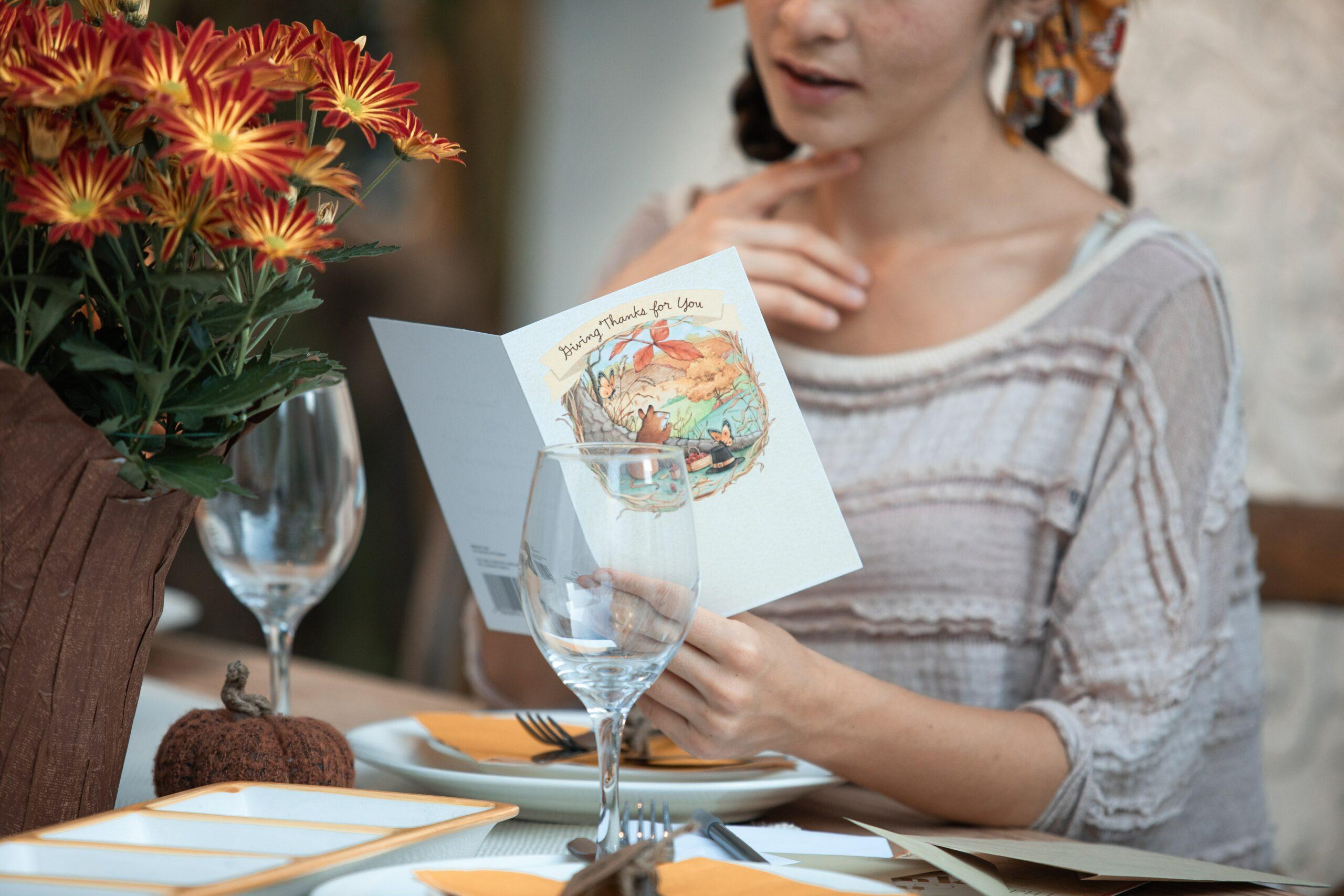As humans, we are wired to pay more attention to the negative experiences in our lives than the positive ones. It’s a natural survival mechanism.
Unless we practice calmly monitoring our emotional states, our attention tends to be drawn to extremes. We are automatically troubled by the aversive states – fear, anxiety, anger, sadness, or shame. Even when we notice the pleasant emotions of joy, elation, satisfaction, and mirth, these states tend to be fleeting, ephemeral, and displaced in our awareness by the next thing to attend to.
We usually respond to these states passively. They happen to us, engaging our hormonal and nervous systems, exciting our somatic self, or calming it. There is little we can do about it.

Indeed, there is little that we can do to suppress emotions. We can’t just replace disgust with joy, shame with pride, anger with joy, or sadness with exhilaration. We can’t resolve an emotional problem relying solely on the same Aspect of Being.
Nor is the rationalization of much help. Cogitating may turn into rumination, sometimes solidifying the memory as a trigger of a particular (aversive) emotional reaction. There is little “thinking” we can do to help us deal with emotional states.
Resorting to other Aspects of Being often proves more helpful. One way is to engage the Physical Aspect of Being. As mentioned in the previous articles, we can consciously direct our body to counteract our emotional tendency to fight, freeze, or flee. By doing so, we send to our brain a message that “things are OK”.
This requires an appropriate strategy. If anxiety is manifested by over-activity and a tendency to fight, a grounding exercise may be of order. If, on the other hand, the automated coping strategy consists of flight, engaging in bodily movement, exercise, shaking, or free-form dancing may be the right answer.
But tapping into the rich depository of our physical body is not our only tool.
Beyond the Emotional, Cognitive, and Physical Aspects, our Being would be incomplete without our Spiritual side. Spiritual awareness can be deepened by engaging in specific activities which broadly fall into two categories.
The first one involves mindfulness. The second one calls for the practice of virtues.
Obsessed by the quest for unbridled freedom, contemporary societies tend to frown upon what our ancestors called virtues. They are sometimes considered passé, things our grandparents used to apply, allegedly constraining their freedom. We know better than them.
Yet, there is profound wisdom in many of those virtues. Their application has a deep healing value for the practitioner. It helps codify inter-human relations that are helpful for our growth as social beings.
Gratitude is one such virtue.

Gratitude is a Virtue
Gratitude is not an “emotion,” but exercising gratitude can help us with our emotional states, including those we find troubling. Gratitude crosses the boundary between the Spiritual and the Emotional Aspects of Being.
Religious traditions have long recognized its power. The Hebrew name to describe Jewish people (Yehudim) traces its origin to the name Yehudah, which means “I am grateful.” For Catholics, being grateful is inseparable from living a life filled with Grace because gratitude helps the believer to see Grace (the Love of God). A foremost duty for Muslims is to be grateful to God for his blessings.
There is deep wisdom in the overarching role that these traditions ascribe to gratitude. Research shows that people who express gratitude are 25% happier, have more energy, suffer less frequently from depression, have lower blood pressure, and have a more robust immune system. Grateful people sleep better, have higher self-esteem, and, unsurprisingly, have healthier relationships with others.
By cultivating a strong attitude of gratitude, we develop our character as fully human beings. Gratitude correlates highly with other essential virtues, such as forgiveness and generosity.
The most natural form of gratitude is for the gifts that we recognize as such at the moment of their receipt. This type of thankfulness comes naturally.
Gratitude does not have to be interpersonal. It may be open to the beauty of natural phenomena, artistic finesse, the moment of friendship, or a guffaw. 14th-century German theologian Meister Eckhart famously declared: “Should the word Thank You be the only prayer that you ever pronounce, it would suffice.”
Eckhart alludes to something less obvious than the natural thankfulness accompanying positive emotions. Rather, he universalizes gratitude as a response to all sorts of experiences, even those that trigger in us aversive emotional states. Eckhart summons us to choose. As with any other spiritual practice, gratitude is a choice. And we are facing this decision every day. It’s a decision between gratitude and complaint.
It may be challenging because even religious people struggle with the perennial questions of “why” they have been brought to this moment and where they will proceed. Trying to answer such impossible questions would be just cogitation – i.e. using our cognitive faculties to find answers beyond our reach. Instead, we must learn to embrace the moments experienced as difficult. Gratitude is the perfect tool to do this.
Indeed, it is possible to express thankfulness for both types of experience – those judged “positive” and those we resist.
Several types of gratitude can be distinguished. Let us review each of them.

Inter-personal Gratitude
Inter-personal Gratitude, expressed through small words of kindness, small steps, or simply by connecting with others. Seneca wrote an entire treatise on Gratitude (‘De Beneficiis’):
Never forget a favor.
Never discount a favor just because it was easy for the giver.
Honor your benefactors by praising their deeds in conversations with others.
Heal others’ ingratitude towards you with additional beneficial acts.
Intra-personal Gratitude
Intra-personal Gratitude – for example, for my career, health, satisfied basic needs, friendships, or the beauty of the world in general. It does not have to be limited to extraordinary gifts. Here are some examples of clauses introducing the perspective of intra-personal thankfulness:
“Thank you, life for….”
“I’m fortunate because…”
“My life is prettier thanks to….”
“I can be proud of myself because….”
“What brings me joy daily is …”
Redirected Gratitude.
Redirected Gratitude. In the Jewish tradition of Hakarat haTov, we are called to recognize the good. Imagine you just failed an interview. It could be a hard blow, as your plans must now be postponed. It’s unpleasant, and self-blame is a natural emotional refuge. But what Redirected Gratitude is teaching us is to see the bigger picture. Even though this particular step in your career may, for now, be in suspension, it is salutary to redirect your attention to things you can still be grateful for in this very moment. Your family, your good health, the beauty of the spring… The sense of lack caused by failure may still be there, but by affirming what is good in your life, you are embracing it the way it is. It takes the burden off the deficiency that becomes your mind’s automatic focus following a stumble.
Redirected Gratitude calls for heightened awareness of our surroundings that make our life so much more comfortable than it would otherwise be. It’s about the presence of other people in our life. It’s about things that we have already experienced in life. It’s about the mundane aspects of our comforts – the right temperature in the room, the mosquito net keeping the crawlies away at night, the comfortable shoes that fit perfectly, and a perfect cup of tea.
Counterfactual Gratitude
Counterfactual Gratitude (also called Paradoxical Gratitude) is another form of deep appreciation. It is declared whenever adverse events occur, and the focus is shifted to the silver lining. We trust that something positive may still emerge from this situation. It helps us to grow and learn. Can you find a situation in your past that you judged difficult at that time, but eventually led to an outcome that you can appreciate now? While it may be challenging to recognize this pattern at the moment of the triggering event, life is full of twists and turns. Muslims practice a special prayer, known as Salat al isti khara, precisely to deal with this uncertain outcome.
Counterfactual Gratitude has a profound healing effect when we traverse the experience of unrecoverable loss. It can be considered the transformational step in the final stage of Grief. Yes, gratitude, rather than mere acceptance, as it is sometimes claimed. By exercising gratitude – first consciously and then increasingly naturally, one will be surprised to find that not only despair, but also resentment and depression recede into their corners of irrelevance.
All these different types of gratitude appear to us a choice. A choice to focus on the good right now – on the love and the relationships we currently have. It involves a learning process to be thankful for the people we have around, to recognize what is good about them and why we love them, even when they don’t necessarily make it easy for us.
Gratitude can be learned. When we coach clients who struggle with this, we first help them become more aware. Our capacity to detect the objects of appreciation will improve through exercise. Here are a couple of simple examples:

Exercise 1. Detection.
Every day, ask yourself what you are thankful for:
- What you have learned
- What you have accomplished
- One delight that touched you – what brought joy and wonder
- Who you are thankful for in your life
It may be helpful to write down these items. Rather than simply “thinking”, journaling is a great way to develop a habit.
Exercise 2. Acknowledgment.
When annoyed by some hassles, turn your attention to something good, beautiful, or healthy and give thanks. This goes beyond the simple detection of the object of gratitude and involves acknowledgment.
Exercise 3. Appreciation.
Too often, we appreciate something only when it’s taken away from us. Instead, learn to appreciate this before. Unless you can act upon it and mend it by your action, learn to shift your attention away from lack, deficiency, imperfection, and insufficiency towards what is there, towards what is present. Cherish it. This is more than mere acknowledgment; it is appreciation.
By practicing such gratitude steps regularly – detection, acknowledgment, and appreciation – your attitude to many aspects of life will be slowly transformed.
Always seek new ideas of gratitude practices. It will keep the practice fresh and more real. By actively cultivating a sense of gratitude, we develop greater emotional resilience, happiness, and well-being.
As the Hasidic teacher Rebbe Nachman of Breslov writes, “Gratitude rejoices with her sister joy and is always ready to light a candle and have a party.”
Check out our coaching services if you need help practicing Gratitude in your life!
Are you ready to become a Life Coach? Learn more about our Life Coach Certification Program.




























